Check out Mossberg’s site: http://www.mossberg.com/Patrol
Having caught the suppressor bug, I’ve wanted to check out a bolt-action .308 that’s compact enough to handle the extra length and weight of a silencer, yet still remain portable and handy. That’s what peaked my interest in the Mossberg MVP Patrol.
The MVP Patrol is a 7 ½ pound rifle (not including optic) that, as the name implies, is short, light and handy enough to tote around in a car or pack. The 16 ¼ inch barrel is capped by a standard birdcage flash hider, which means that threading for suppressor attachment is already there. The stock is composite and the forend is thick and sturdy. The Patrol is a hard use rifle, not a svelte and trim hunter model, although there’s no reason it wouldn’t serve as a great field rifle.
The model tested was the 7.62mm NATO and it was stamped accordingly on the barrel. The barrel itself features a 1:10 twist rate and is finished with a matte blueing. The synthetic stock is all business with molded texture in the grip and forend. The rifle is available with your choice of black or tan stocks. Two sling swivel attachments round out the stock itself. End to end, including the flash hider and recoil pad, the rifle measures 37 ½ inches and length of pull is 13 ¼ inches.
The MVP Patrol tested is part of a small family. Mossberg offers the MVP Patrol in .223/5.56mm and .308/7.62mm chambers, and each caliber offering is available as an “iron sights” configuration or with a pre-mounted and bore-sighted 3-9x32mm optic. The version tested was a standard model, but all models include a six-inch Picatinny rail, so adding an optic was easy.
Controls
Admittedly, placement and operation of things like safeties and bolt release mechanisms are a personal preference issue. I’m not sure there are hard and fast right and wrong answers. With that said, I really like how the Mossberg MVP Patrol works.The safety is a lever placed just behind the bolt handle on the right side. It’s topped by knurled knob that you operate with your firing hand thumb. Pull it backward when the bolt is cocked or open and it will move into safe mode. Push forward, exposing a red dot underneath and the rifle is ready to fire. I found I could operate this easily without any change whatsoever to my firing grip – just rotate my thumb over the receiver and push or pull. Operation is very positive so there is no doubt about operating this by feel alone. I really like it.
The bolt release is also about as intuitive as it gets. Just opposite the bolt handle is a small push lever with a textured surface. Hold this down with your support hand thumb while pulling the bolt back and it will glide right out of the receiver. Easy and un-finicky. This came in really handy for brief cleanings while doing accuracy and velocity testing.
While technically not a control, I should mention the cocked status indicator here. You’ll notice a polished stainless steel cylinder visible in the rear of the bolt. If it’s flush with the back of the bolt, the rifle is cocked and ready to fire. If it’s inset about ⅜ of an inch, the bolt is not cocked. You can easily tell by looking, or you can run a finger or thumb over the rear of the bolt to determine the status.
Lightning Bolt Action Trigger
Some Mossberg rifles include the Lightning Bolt Action Trigger system. It’s easy to tell if you have it as you’ll see a lightning bolt cut into the trigger insert leaf. By the way, as one would expect, the trigger insert needs to be deliberately depressed in order for the trigger to operate.I measured the trigger (factory default adjustment) at exactly two pounds of pull weight. There is the slightest bit of ever-so-slightly rough take up, followed by a crisp break at exactly two pounds every time. Of course, your finger feels a bit of makeup from the trigger insert before your finger contacts the actual trigger face.
The idea behind the Lightning Bolt Action Trigger system is that it’s easily adjustable be the user. If you remove the receiver from the stock, you’ll see a nylon-covered flat head screw on the front side of the trigger assembly. Rotate that to adjust the trigger pull weight from the factory default of two pounds all the way up to about seven pounds. Depending on your anticipated use of the rifle, you may want to take advantage of this. For short range home defense situations, why not add a little weight to make the trigger press more intentional?
Sights
The MVP Patrol comes right out of the box with serviceable “iron” sights. A fiber optic front and notched “V” sight on the back are both mounted directly on the barrel. Since the barrel is short for this type of rifle, the sight radius is only about ten inches depending on the position of the rear sight. The rear sight is adjustable for windage and elevation using small flathead screws. The windage adjustment allows the rear sight to slide back and forth on an angled ramp. Markings allow you to identify and replicate settings for known distances.
The six inch Picatinny rail has a deep groove down the center allowing you to easily see the iron sights up front.
Magazine flexibility
The Mossberg MVP Patrol includes a 10-round box magazine. As the production of MVP rifles continues to ramp up, I would expect you’ll be able to buy more Mossberg MVP magazines from dealers. But you really don’t need to. The Mossberg folks designed the MVP magazine well with two magazine latches, both operated by the same magazine release button. One in the front of the magazine well grabs that notch in standard M14 / M1A magazines, while the latch on the side off the well also grabs a cutout on the side of MVP magazine. If that’s not enough, you can also use LR-308/SR-25 style magazines. If you just gotta have your Magpul P-Mags, you’re good to go. Those use the side latch.I didn’t have any LR-208/SR-25 style magazines handy, but I did have a pile of M14/M1A magazines to try. So I did. You’ll notice a couple of things. With the M1A, you have to kind of “rock” the magazine into place. Not so when using M14/M1A magazines with the MVP Patrol. Just push it straight in until you hear the click. The other thing I noticed is that an empty magazine doesn’t lock the bolt back with the magazine follower with the factory supplied MVP Patrol magazine, but M14/M1A magazines do lock the bolt back. A simple press downward on the follower allows the bolt to travel forward. This isn’t good or bad, it’s just an observation of how different magazines behave in this rifle. I shot the MVP Patrol with five and twenty round M14/M1A magazines with no trouble at all. As a side note, the five round magazine presents a nice and trim profile which would be great for hunting applications. It’s not flush with the stock, but only about ½-inch is exposed.
Shooting and handling
The first thing I have to mention is that the felt recoil was shockingly mild. I say “shockingly” because we’re talking about a small and light rifle here, and the .308 cartridge isn’t exactly a .223. I attribute the light shooting feel to the exceptionally effective recoil pad. It’s concave in shape, but averages about one-inch in thickness. More importantly, it’s not solid – the center portion feels like a soft underlying frame covered with a thin layer of rubber. This results in a lot of give. I did a fair bit of prone shooting, which for me places the buttstock into the bonier portion of my shoulder and high-volume shooting was a complete non-issue. This is a very comfortable rifle to shoot, especially considering it’s lightweight feel.
Just for kicks during accuracy testing, I mounted the Hawke Optics Sidewinder IR Tactical 10x Scope. It’s huge, so I had to remove the rear sight leaf!
Accuracy and velocity

The MVP Patrol turned in pretty respectable accuracy with this broadly available American Eagle M1A ammo.
To get a more precise sight picture than that offered by the included iron (actually fiber optic) sights, I mounted a Hawke Optics Sidewinder Tactical IR optic. With a fixed magnification of 10x and a mil-dot reticle, it offers more than enough aiming precision at 50 to 100 yards.
I did 5-shot group accuracy testing with five different loads with projectile weights ranging from 147 to 168 grains. I had smaller quantities of three other loads – enough to get velocity numbers, but not enough for proper accuracy testing.
For a lightweight rifle with a short barrel, I was pleasantly surprised with the five-shot groups.

One additional surprise was the relative consistency with different types of ammo. As a “patrol” rifle, I wasn’t expecting this to match precise accuracy of a longer and heavier .308. What did surprise me was that common and inexpensive ammunition performed as well as some of the match stuff. The American Eagle M1A ammo turned in groups less than an inch at 50 yards – plenty of accuracy for plinking and short range defense scenarios. As with any rifle, do a little experimenting to see what it likes. You might just be surprised and find some inexpensive stuff that shoots just fine.
I did some informal velocity comparison to a rifle with a 22-inch barrel and observed a much lower “velocity loss” from the Mossberg’s 16 1/4 inch barrel than I expected. Most loads were about 100 to 150 feet per second slower from the shorter barrel of the Mossberg, and more than a couple were within 50 feet per second.
Closing thoughts
Overall, I was pleasantly surprised with the Mossberg MVP Patrol. Yes, they need to figure out the root cause of the initial sight alignment issue, but to their credit, the problem was resolved immediately. If I end up keeping this one, I will be tempted to maintain its iron sight configuration, perhaps even removing the Picatinny rail segment for an even simpler sight picture. While I added a high-power Hawke optic for accuracy testing, my choice of optics for this rifle would be a simple red dot or perhaps a low power scope, maybe even something with fixed power like a Trijicon ACOG. Given the stock profile, a low mount option would work really well.The retail price on the Mossberg MVP Patrol is $748 without an optic and I found some priced in the $550 range on the street. The 3-9x scoped model retails for $889, but if you shop around, you should be able to find one for about $700 give or take a few bucks.
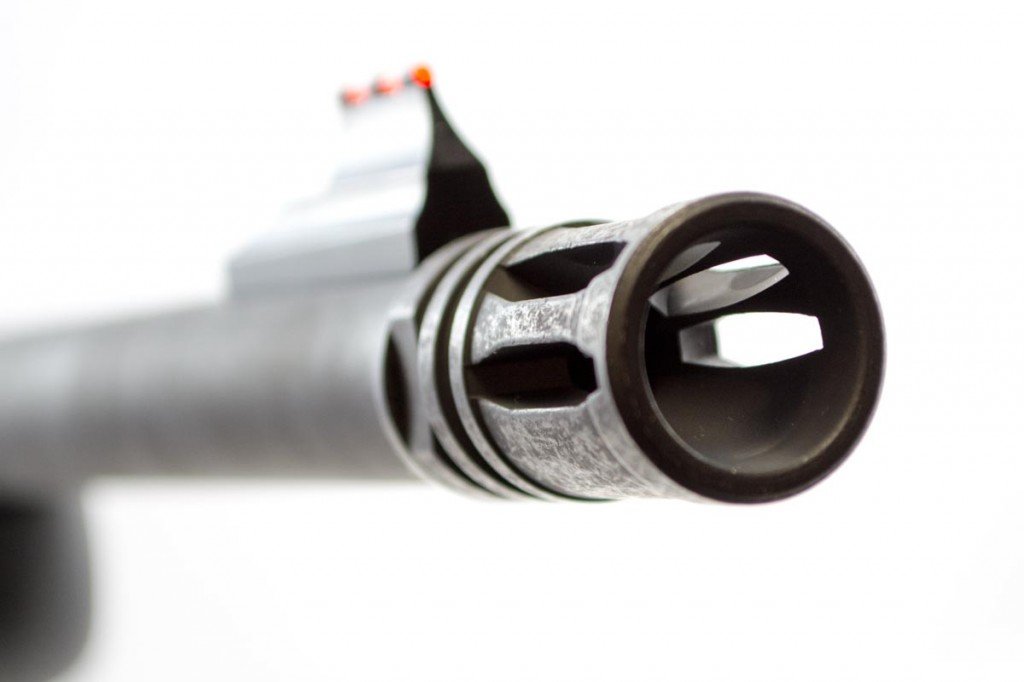

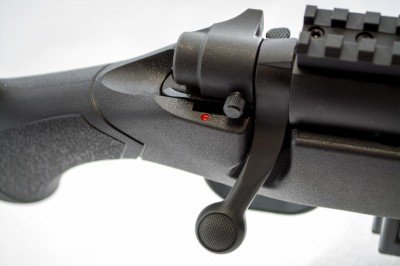
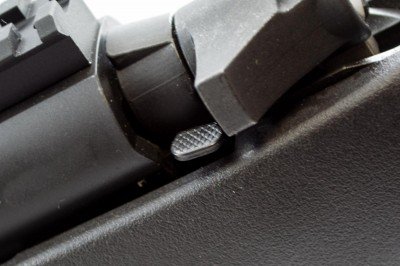
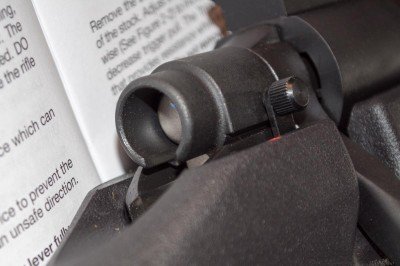
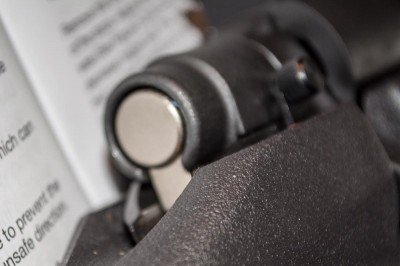
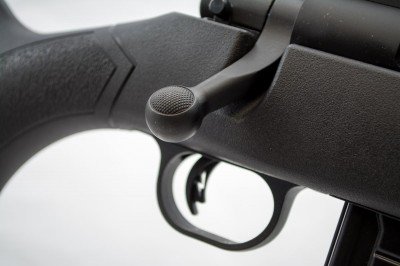
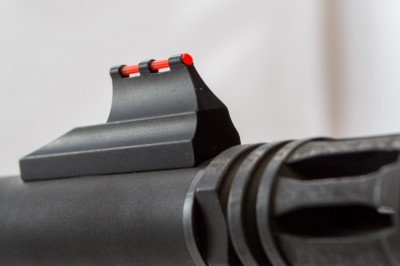
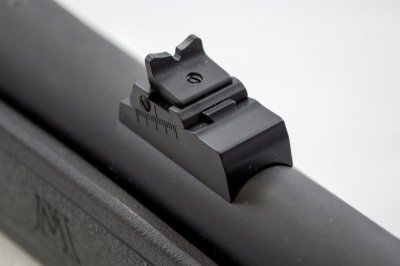
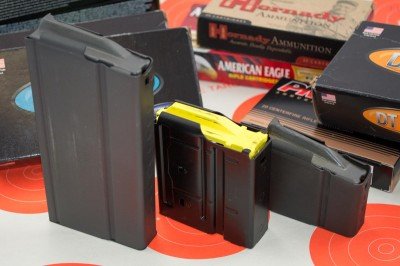
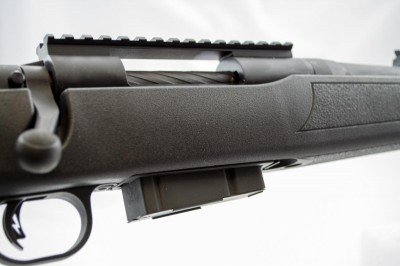
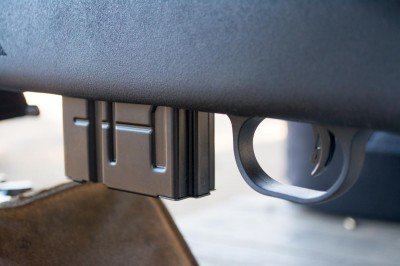
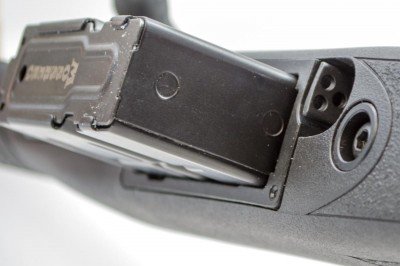
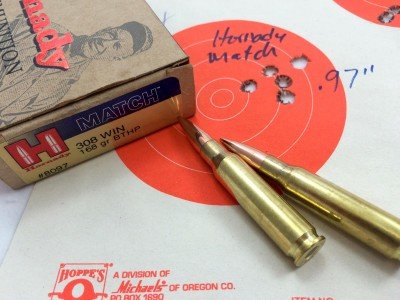
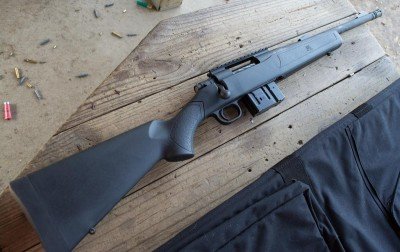
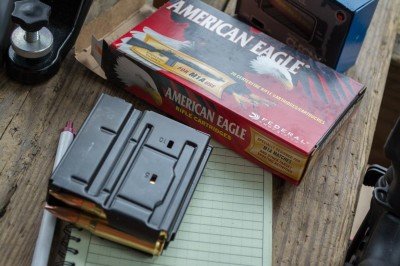
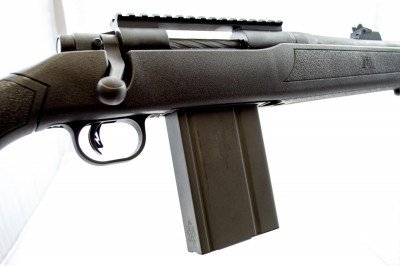
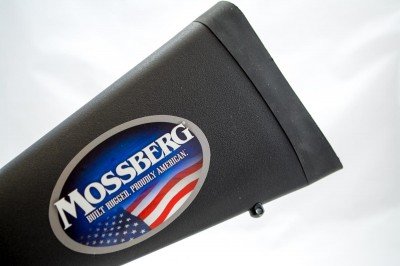
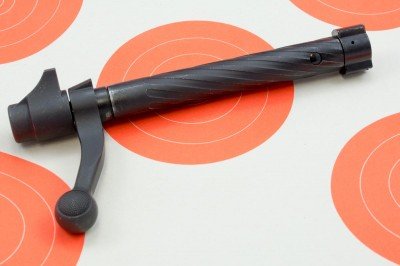
Hand loading will put your 50 yard numbers at 100. (SUB MOA gun)
ReplyDelete